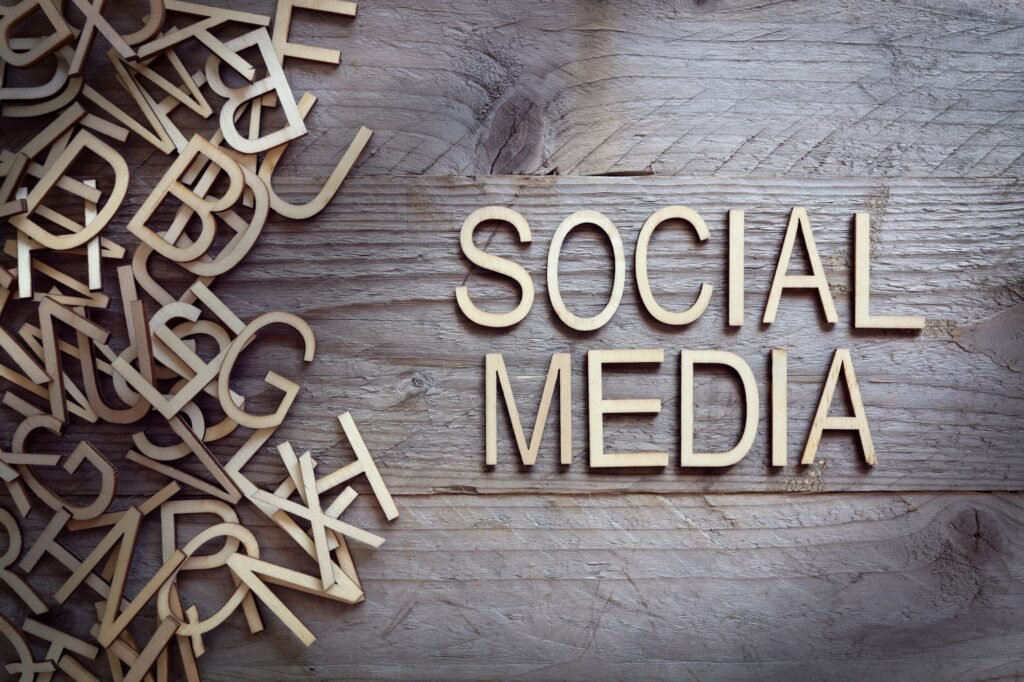The post-COVID era has seen a seismic shift in social media’s role in our lives. This surge is not just in usage but in how we perceive and interact with these digital platforms. With lockdowns and social distancing norms, social media transformed from a leisure activity into a lifeline, connecting people, businesses, and communities.
This period witnessed a dramatic increase in digital content consumption. Platforms like TikTok and Zoom became household names, altering the landscape of online communication and entertainment. Businesses pivoted to online models, leveraging social media for marketing, customer service, and even product launches.
What changed significantly is the recognition of social media as a powerful tool for societal resilience. It played a crucial role in disseminating information, facilitating remote work, and even in mental health advocacy. The post-COVID social media surge isn’t just a statistical increase; it’s a paradigm shift in our digital behaviour and preferences.

The Seismic Shift in Social Media Post-COVID: A Paradigm Shift
Introduction
The post-COVID era has profoundly altered the role of social media in our lives. This transformation extends beyond mere usage increases; it encompasses how we perceive and interact with digital platforms. With the onset of lockdowns and social distancing norms, social media evolved from a leisure activity into a vital lifeline, connecting people, businesses, and communities.
The Rise in Digital Content Consumption
During the pandemic, there was a notable surge in digital content consumption. Platforms like TikTok and Zoom became household names, reshaping the landscape of online communication and entertainment. TikTok, in particular, saw exponential growth, with users craving bite-sized, engaging content. The platform’s focus on short, creative videos made it immensely popular, leading to a broader acceptance of short-form video content across other platforms like Instagram and YouTube.
Business Adaptation and Innovation
Businesses quickly pivoted to online models, leveraging social media for marketing, customer service, and product launches. This period saw a dramatic increase in social media content creation, as companies sought to engage a growing online audience. For instance, influencer marketing became a significant strategy, with more brands partnering with influencers to reach their target audiences effectively. Moreover, many businesses recognized the importance of user-generated content, encouraging customers to share their experiences and promoting authenticity in brand communications.
Societal Resilience and Mental Health Advocacy
The pandemic underscored the importance of social media as a tool for societal resilience. It played a crucial role in disseminating information, facilitating remote work, and supporting mental health initiatives. Platforms provided spaces for communities to gather virtually, offering support and companionship during isolating times. Mental health advocacy saw a significant boost, with many individuals and organizations using social media to raise awareness and provide resources.
Changes in Engagement and Content Preferences
User engagement and content preferences shifted dramatically during the pandemic. There was a marked increase in the consumption of video content, especially live streaming and short-form videos. Platforms like TikTok and Instagram saw a rise in creative and entertaining content, which resonated with users seeking distractions from the stressful reality of the pandemic. Additionally, the best times to post on social media changed, with engagement peaking during different hours as people adapted to new remote work schedules.
Conclusion
The post-COVID social media surge is more than a statistical increase; it represents a fundamental shift in digital behavior and preferences. As we continue to navigate the post-pandemic world, these changes are likely to persist, shaping the future of social media and its role in our lives. Businesses and individuals alike must adapt to this new digital landscape, leveraging the power of social media to connect, engage, and support one another.






